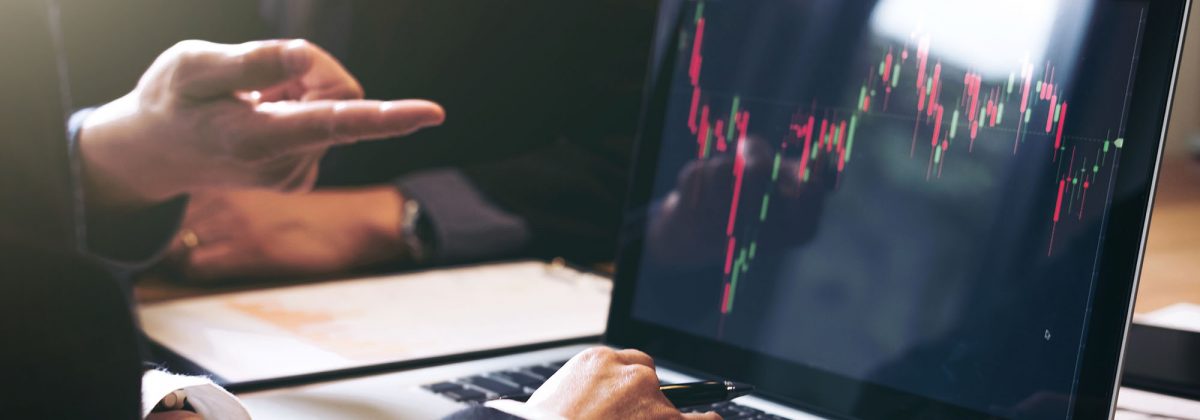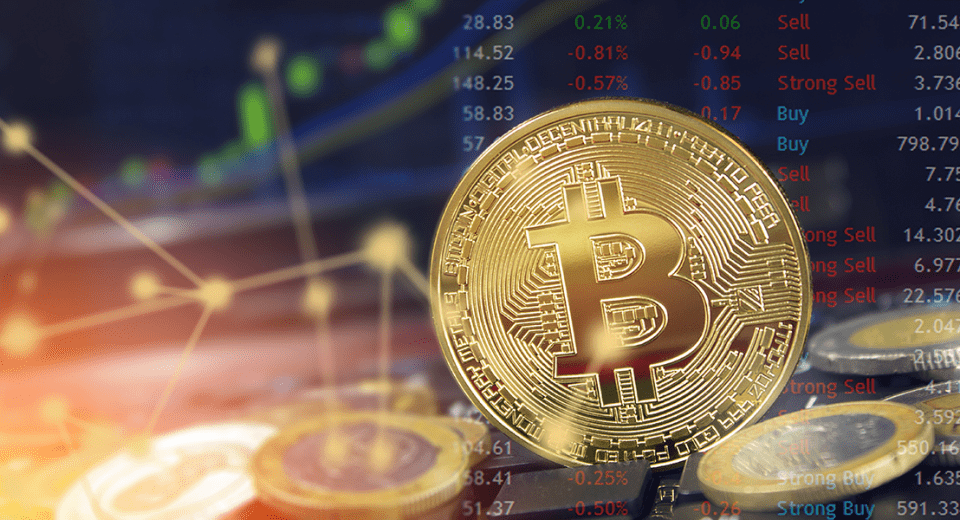Quantitative Easing (QE) is a monetary policy through which a country’s central bank increases the money supply in its economy. It is a rather unconventional form of expansionary monetary policy that has been practiced by major economies around the world. The main objective of QE is to lower interest rates and increase the rate of economic growth.
To understand QE, we first need to know how it is done and its impact on the financial markets.
The Process of Quantitative Easing
The first step taken by central banks is to create a new supply of money. This is often referred to as “printing money.” However, in reality, no physical money is created. The money created is only visible in the balance sheet of the central bank, under the name of “Central Bank Reserves.” These remain in the control of the central bank, until the decision regarding how to introduce them into general circulation is taken.
After the creation of new money, it needs to be put into the economy. One way of doing so is through the purchase of both private and public sector assets, on a large scale. Other methods include acquisition of corporate bonds and government-issued bonds.
Central banks can also grow the nation’s money supply in a more direct way. This is done by issuing loans to commercial banks. The newly created “Central Bank Reserves” are provided to commercial banks, so that they can lend to the private sector. Once again, the objective is to accelerate economic growth by increasing the availability of capital to participants of the private sector.
Quantitative Easing Goals
The methods of implementing QE can seem complex, but its objectives remain straightforward. The primary goal is to boost economic growth by ensuring that adequate capital is available to the credit market. The second objective is to encourage lending by assuring low interbank interest rates.
An increase in money supply through QE has an important impact on the country’s currency. Higher money supply can decrease the currency’s purchasing power and also lower its exchange rate in the forex market. Another effect of QE is that exports will become cheaper.
Some Instances When Quantitative Easing was Used
Several countries have chosen the QE route to bolster their economy since the turn of the century.
1. Quantitative Easing by Japan
The Bank of Japan (BOJ) implemented the strategy of QE on March 19, 2001. This was the first instance of such an unconventional method being practiced in modern history. It was seen as a major shift in monetary policy by the country. The main reasons for Japan adopting QE were stagnant economic growth and rapidly rising inflation, which threatened to damage the economy. The BOJ decided to inject huge amounts of capital into the commercial banking system. Apart from this, large-scale purchase of government bonds was also carried out. The main aim was to spur activity in the credit market and stabilise the rising inflation rates.
This policy was continued till 2006, when it was decided that inflation and economic growth were finally at acceptable levels.
2. Quantitative Easing by the United States
A QE programme was initiated by the US Federal Reserve in 2008. It helped the central bank increase money supply by an impressive US$4 trillion. As a result, the assets portion of the Fed’s balance sheet increased by a significant extent, as the central bank bought mortgages, bonds and other assets. Along with this, the liabilities portion also grew by the same extent.
The objective of adopting QE was to ensure that banks would provide loans and invest the reserves to improve growth. A number of economists are of the view that the QE approach helped rescue the US economy after the 2008 financial crisis.
The practice of QE by the US led to stable inflation, improved employment and lower mortgage rates in the country. However, the magnitude of its contribution towards the recovery is still a topic of debate. In fact, many argue that the practice eventually led to extreme devaluation of the US dollar and put a financial burden on future generations.
3. Quantitative Easing by Switzerland
Another country that used a QE strategy after the 2008 financial crisis was Switzerland. As a result of this, the Swiss National Bank (SNB) owned assets worth the annual economic output for the entire country. This made the country’s QE version the largest in the world, according to the ratio to GDP. Since then, economic growth in Switzerland has been positive.
4. Recent Quantitative Easing by the UK
In August 2016, the Bank of England (BOE) decided that it would start a QE programme to ease Brexit-related concerns. The plan included the purchase of government bonds worth £60 billion and £10 billion worth of corporate debt. If successful, the plan would have stopped interest rates from rising, while helping improve the employment rate and business investment.
For the period between August 2016 and June 2018, the UK’s Office for National Statistics has reported that the gross fixed capital formation grew at an average quarterly rate of 0.4%. This is lower than the average for the period between 2009 through 2018. Now, the challenge for economists is to understand whether the economy would have been better off without the QE or not.
The effectiveness of quantitative easing has been a widely debated topic for financial experts. There are no definite right or wrong answers that can be given in the context of QE. Developed countries have shown an inclination towards this policy and its practice has only seen an increase since 2001. However, the long-term effects of its adoption are yet to be fully understood.
Reference Links





